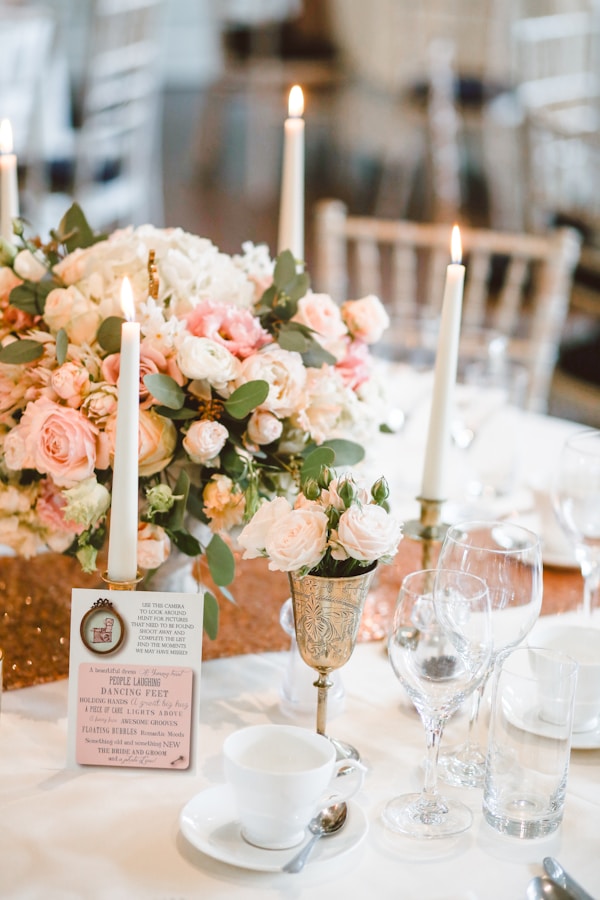Mastering the Art of Alterations: Handling Wedding Dress Modifications with Intricate Sleeves
Choosing a wedding dress is a significant occasion for many brides, and when it comes to intricate sleeves, alterations can seem daunting. In this article, we will explore how to handle alterations for a wedding dress with intricate sleeves, provide tips for ensuring a perfect fit, and address additional related questions that brides might have throughout this process.
Understanding the Complexity of Intricate Sleeves
Before diving into the alterations process, it’s essential to understand the various types of intricate sleeves commonly seen in Wedding dresses. From bell sleeves to lace overlays, each design comes with its unique characteristics and potential challenges. Here are a few popular types of intricate sleeves:
| Type of Sleeve | Description |
| Bell Sleeves | Loose sleeves that flare out towards the wrist, often giving a romantic vibe. |
| Off-the-Shoulder Sleeves | Rest on the shoulders without straps, creating an elegant, timeless look. |
| Lace Overlay Sleeves | Delicate lace fabrics layered over sheer materials, enhancing texture and visual impact. |
| Puff Sleeves | Full sleeves that gather at the shoulder and taper at the wrist, adding volume to the design. |
When to Start Alterations
Timing is crucial when it comes to alterations. It’s generally recommended to start the alteration process at least two to three months before your wedding date. This period allows ample time for multiple fittings and adjustments, especially for dresses with intricate sleeves that require detailed work.
Finding a Qualified Seamstress
Choosing the right seamstress is essential for a successful alteration. Look for someone who specializes in bridal wear and has experience with intricate designs. Reading reviews and checking portfolios can help ensure that your dress is in skilled hands.
The Alteration Process
Now that you understand the types of intricate sleeves and the importance of timing, let’s break down the alteration process step-by-step.
First Fitting
Your first fitting is crucial for understanding what alterations are needed. During this meeting, the seamstress will assess the dress and identify areas that require adjustments. Pay attention to the fit around the shoulders and arms, especially since intricate sleeves can affect overall mobility.
Discussing Specific Changes
Communicate clearly with your seamstress about what you want. Here are some common alterations for intricate sleeves:
- Length Adjustments: If the sleeves are too long, discuss how much fabric can be taken in without compromising the design.
- Opening Adjustments: If the sleeve is tight around the arms, the seamstress may need to create a more comfortable fit.
- Adding or Removing Volume: Depending on the style, you may want to add or reduce the puffiness of the sleeve.
Second and Final Fittings
After the initial adjustments, a second fitting is typically necessary. Here, you can try on the dress to see how the changes have turned out. The seamstress may require another round of adjustments to ensure a perfect fit.
Tips for Maintaining the Dress After Alterations
It’s essential not just to focus on the alterations but also on how to maintain the wedding dress after you’ve made changes. Here are some helpful tips:
- Store Properly: Keep your dress in a breathable garment bag away from sunlight and humidity.
- Avoid Unnecessary Weight: Don’t hang the dress for long periods to prevent distortion, especially in intricate sleeve designs.
- Cleaning: Use a professional wedding dress cleaner to ensure the intricate details are preserved.
Frequently Asked Questions
Will alterations be expensive for intricate sleeves?
The cost of alterations can vary based on the complexity of the sleeve design and the experience of the seamstress. On average, expect to pay anywhere from $150 to $500 for extensive alterations.
How can I ensure that the sleeves remain comfortable?
Communicate your concerns to your seamstress, especially regarding mobility and comfort. Testing arm movement during fittings can help identify any tightness or constriction.
Are there any risks involved with altering intricate sleeves?
While alterations are typically safe, there’s a possibility of compromising the integrity of the design. Make sure your seamstress has experience with the specific style you’ve chosen.
Conclusion: The Perfect Fit for Your Wedding Day
Handling alterations for a wedding dress with intricate sleeves requires attention to detail and clear communication with your seamstress. By allowing ample time for adjustments and choosing an experienced professional, you can achieve the perfect fit for your special day. Remember to maintain your dress accordingly to preserve its beauty. With these tips and guidelines, you’re well on your way to an elegant wedding dress that reflects your personal style and ensures comfort on your big day.
